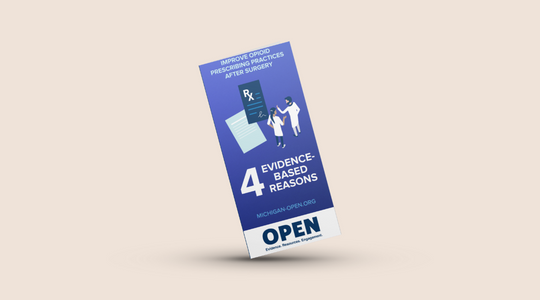Explore 4 evidence-based reasons to improve opioid prescribing practices after surgery.

Cite this work:
OPEN: Overdose Prevention Engagement Network (2024). 4 Evidence-Based Reasons to Improve Opioid Prescribing Practices After Surgery. Retrieved from https://doi.org/10.56137/OPEN.000013